- If museums want to become social spaces, they need to look about them. Just now I am looking at the Citizen M hotel in Glasgow. It’s a master class in creating a vibrant, welcoming, stimulating, cosmopolitan social space.
“Zoos are places people go to talk about animals.” Ten years ago I heard the inspirational and much-missed Malcom Whitehead, Head of Discovery and Learning at London Zoo, say that and it has stayed with me. I think he nailed it, not just for zoos but for a whole range of cultural attractions.
I am excited by the idea for the 21st century, museums and other cultural attractions, will be, indeed, need to become, places where people go to talk about art, heritage, science and/or the natural world.

Of course, social spaces have to look good as well as sound good. We need to walk the walk, not just talk the talk.
It is exciting living in a decade where people (like Nina Simon, Nicole Deufel, and Regan Forrest – three of my favourite bloggers on the subject) are pushing this idea forward, exploring it and experimenting with it.
Citizen shows that we way we use words and pictures, that mainstay of heritage interpretation really matters. There are lots of words here.

Okay, you have to be a word nerd to read this. But if you do, it tells you tons about where you are – and who you might like to think you are.
Museums are moving, but slowly. Other heritage attractions are moving too, but probably more slowly. Meanwhile, the rest of the world is moving faster. Attraction managers need to wake up and smell the coffee (which should be real and in a choice of blends, not grey water from the back of the dishwater recycled through a drinks machine).

They understand visitor segmentation and that their visitors have different needs. They keep talking to me and I keep on smiling.
CitizenM a 21st century hotel. It has a visual style, a verbal tone and a personal touch that adds up to a great social space. None of it is in the least accidental.

There is great attention to detail. Here is the CitizenM take on ‘Smoking is prohibited throughout the building. Fine £150.’
This is the ‘Experience Economy’ in action. It is clearly paying off for the hotel, which has won an impressive array of well-deserved awards – and for my weekend escape.






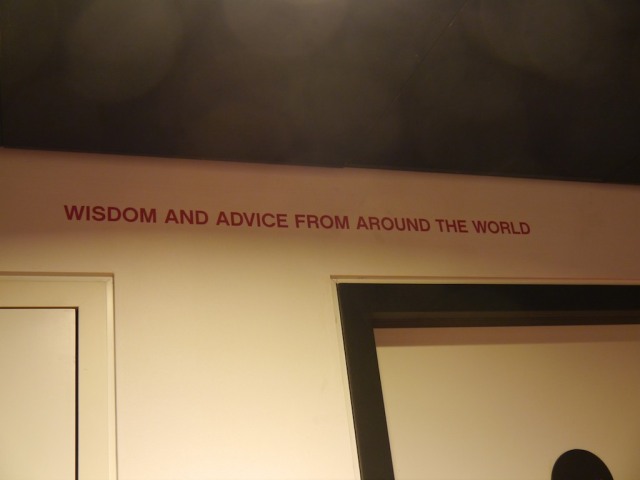





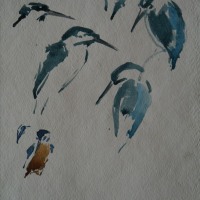
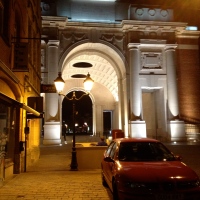
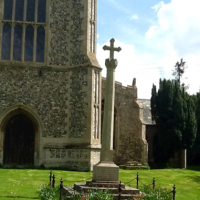
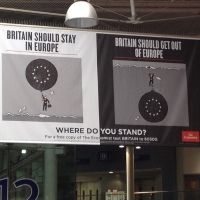
Thanks for the Hat Tip Susan! Before I even saw that bit your post immediately reminded me of Nina Simon’s writings on third places. You are right that museums are (generally) not doing them all that well right now – I get the impression that libraries, at least some libraries, might be further ahead in this respect?
Hi Regan
I confess! This time you have lost me. Hat Tip? Hot Tip? Hot Tap? No, I am confused!
But yes, on other stuff you are, as ever, bang on the money. I am reading and being very excited by Nina Simon’s book ‘The Participative Museum’ at the moment so that was part of the inspiration here. I think there is still something that museums, nature reserves and even libraries do, that speaks of in-crowds that hotels and restaurants increasing don’t. I was discussing this with my daughter on a trip to Manchester last week and we were admiring how contemporary restaurants can do ‘special but not ‘posh”. This may be a particularly UK thing and about us becoming less class-conscious as we become more cosmopolitan. I do not know whether that distinction between ‘special’ (‘above ordinary’, as in ‘special’ night out) and ‘posh’ (as in ‘exclusive’, ‘for the elite’) really translates into Australian.
Some museums still have something of the ‘posh’ about them. Of course some hotels and restaurants do too and they often nurture it and charge through the nose for people who want ‘posh’. I don’t know of any museum that pulls that off.
I clearly spend far too much time on the internet *blushes*.
A Hat Tip (or HT in Twitterese) is a nod of acknowledgement or recognition. http://en.wikipedia.org/wiki/Hat_tip I was chuffed at your “hat tip” of mentioning me in the same sentence as Nina and Nicole.
ROFLOL! That’s an excellent addition to my vocabulary. Twitter is one bit of the social networking universe I don’t step into so I hadn’t heard it before.
In my book, Regan, you are right up there in the ranks of people I enjoy learning from and with
Looks great Susan. Next time I’m in Glasgow……
We have been thinking a lot more about integrating interpretation into the wider visitor experience – in particular trying to remove the barriers between the ‘interpretation area’ and the cafe in our visitor centres. Especially as most of our visitors spend more time in the cafe!
It was, Paul. Highly recommended.
I think you are onto something with integration. Peter and I noted that at Citizen M along with a doing away with cliches. They had clearly sat down and asked the question ‘So what is the Citizen M way of saying “don’t Smoke and ‘Please do not disturb’.
I suspect the folks in charge of comms were well up the food chain here.
This is a really interesting post! the same message can be said in many different ways, and obviously this affects the result. The answers to change museums can be found in other places like this hotel, great example of positive communication.
Congrats for the camp in Santa Cruz! I am sure you will enjoy it so much! I’ve been an intern at the MAH for a couple of months in 2011 and was a great experience. Teach, learn and have fun!
Hi egibza and many thanks for your kind comment